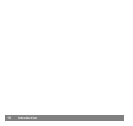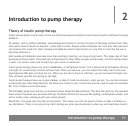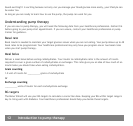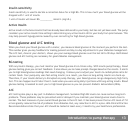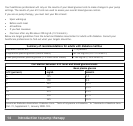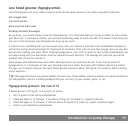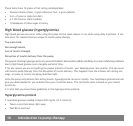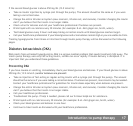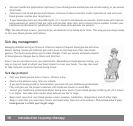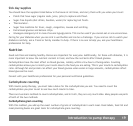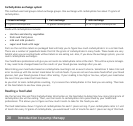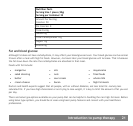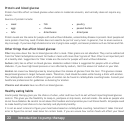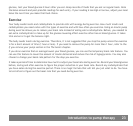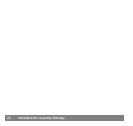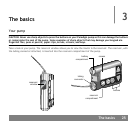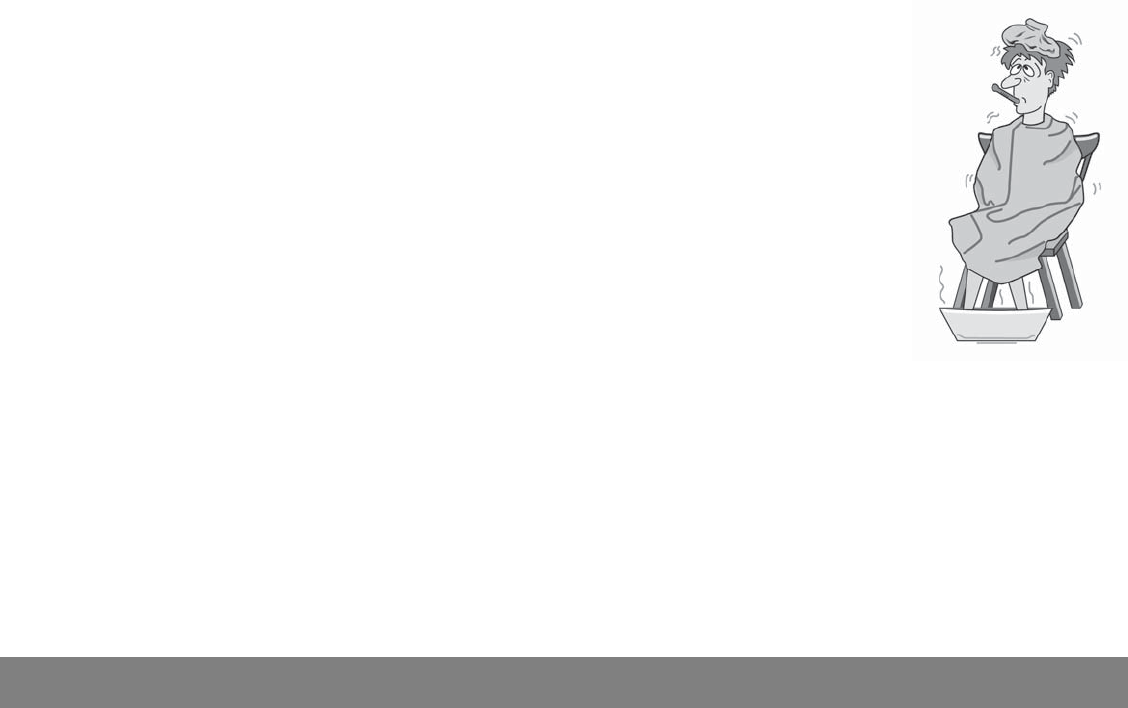
• Call your healthcare professional right away if your blood glucose and ketones are not decreasing, or you cannot
drink fluids.
• Continue to test blood glucose and ketones. Continue to take correction insulin injections as told until your
blood glucose reaches your target level.
• If your blood glucose is less than 200 mg/dL (11.1 mmol/L) and ketones are present, drink liquids with calories.
Some examples of caloric fluids are juice and non-diet soda. Also, extra insulin may be needed. Contact your
healthcare professional for guidelines for insulin doses when ketones are present.
Tip: You should have a meter, glucose strips, and ketones strips handy at all times. This way you are always ready
to test your blood glucose and ketones.
ಘ
Sick day management
Managing diabetes during an illness or infection requires frequent blood glucose and urine
ketone testing. Illness and infection put extra stress on the body and often raise blood
glucose. The insulin pump allows you to make changes. It lets you quickly and easily respond
to blood glucose changes due to illness and infection.
Even if you are not able to eat, you need insulin. Depending on blood glucose testing, you
may or may not need to adjust your basal insulin to cover your needs. You may also need
to take frequent correction boluses during illness.
Sick day protocol
• Test your blood glucose every 2 hours, 24 hours a day.
• Check urine ketones every time you urinate.
• If you are throwing up and/or have ketones, you must call your healthcare professional.
They will give you the proper treatment with fluids and insulin to avoid DKA.
• Consult your healthcare professional about taking more insulin if your blood glucose is 250 mg/dL (13.9 mmol/
L) or higher. Also take more insulin when ketones are fair or large.
• Keep exact records of your blood glucose values, ketones, medication, temperature and all other signs.
• Keep in mind that you need more insulin and fluids when there are urine ketones. This is true even if your
blood glucose is within your target range.
18 Introduction to pump therapy



